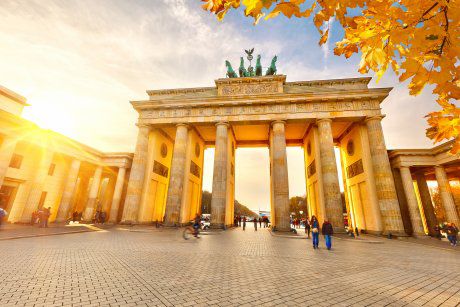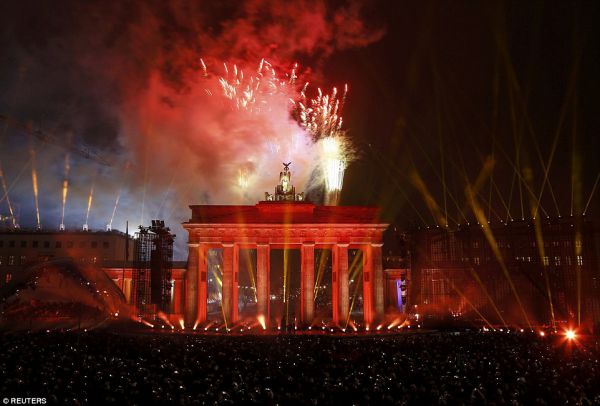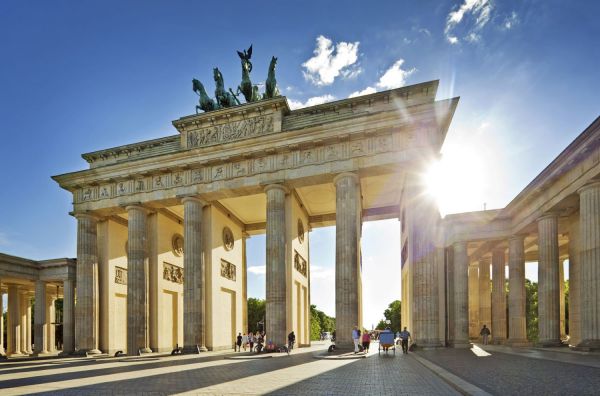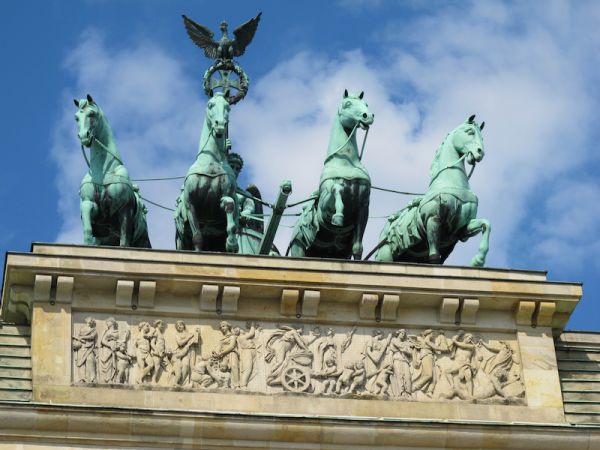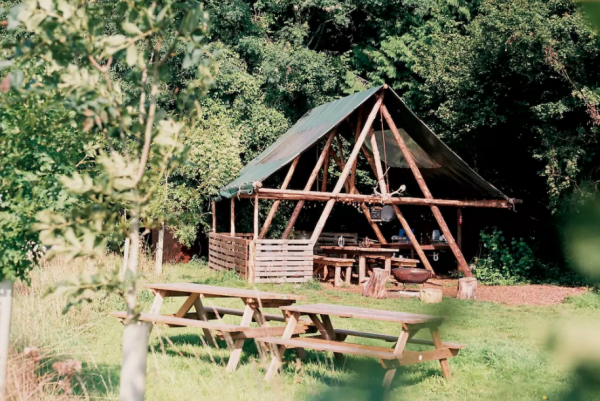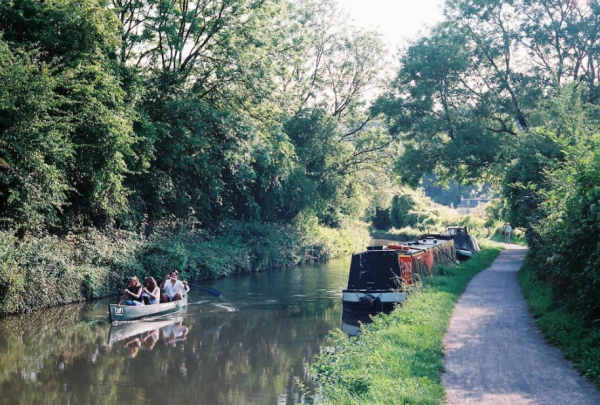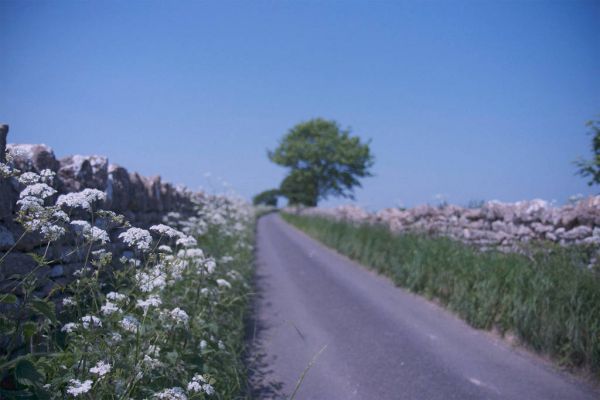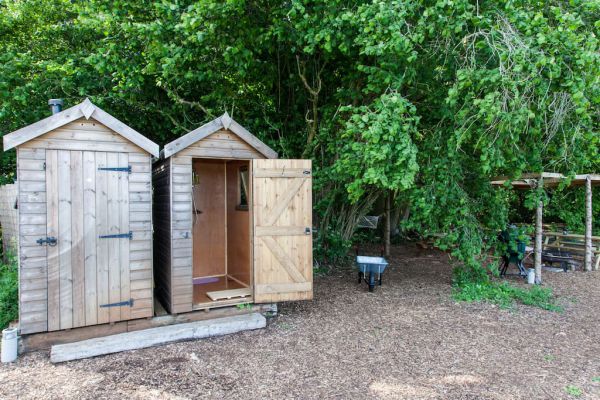Top Rated Listings
The Brandenburg Gate is an 18th-century neoclassical monument in Berlin, built on the orders of Prussian king Frederick William II after the successful restoration of order during the early Batavian Revolution.
Glamping near Bath with pool Featured
572,000
Price
1
Bathrooms
1
Bedrooms
128
Area (m2)
Unique country escapes, under canvas on a farm near Bath. Set in a quiet young woodland, our bell tents that have been designed to make life simple, help you unwind and provide an unforgettable experience. Indoor heated pool and games room available Eu ...
Anton is a doctor who commutes between his home in an idyllic town in Denmark, and his work at an African refugee camp. In these two very different worlds, he and his family are faced with conflicts that lead them to difficult choices between ...
SD 480p Trailer
pdl.stream.aol.com/pdlext/aol/brightcove/us/moviefone/traile...(0 visits)

